Windows nostalgia: how Clippy conquered the world
From Solitaire and Encarta to Edge and Cortana – the 11 features only a Windows veteran will remember

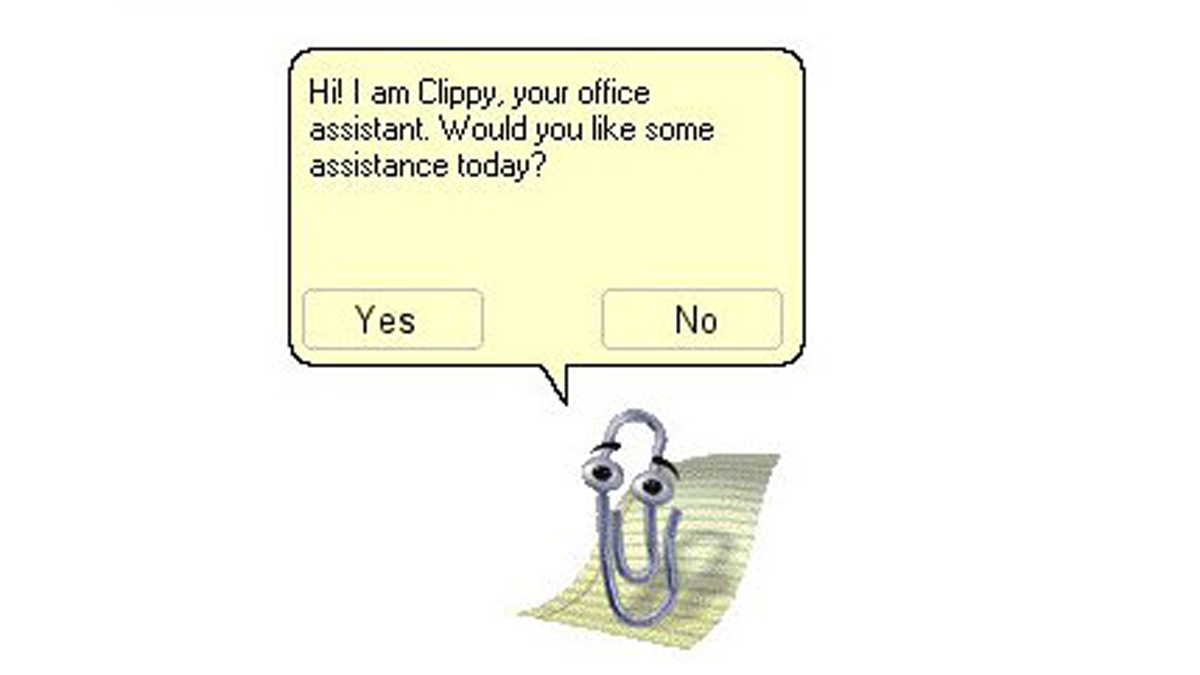
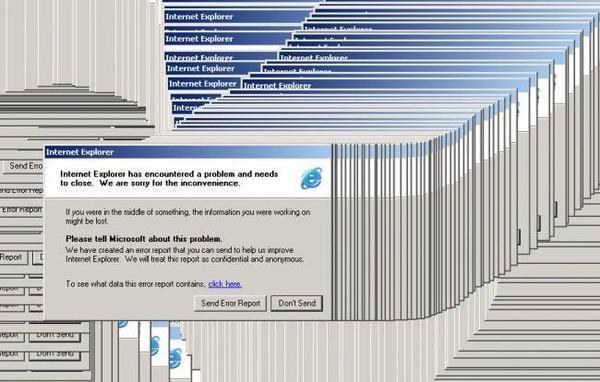



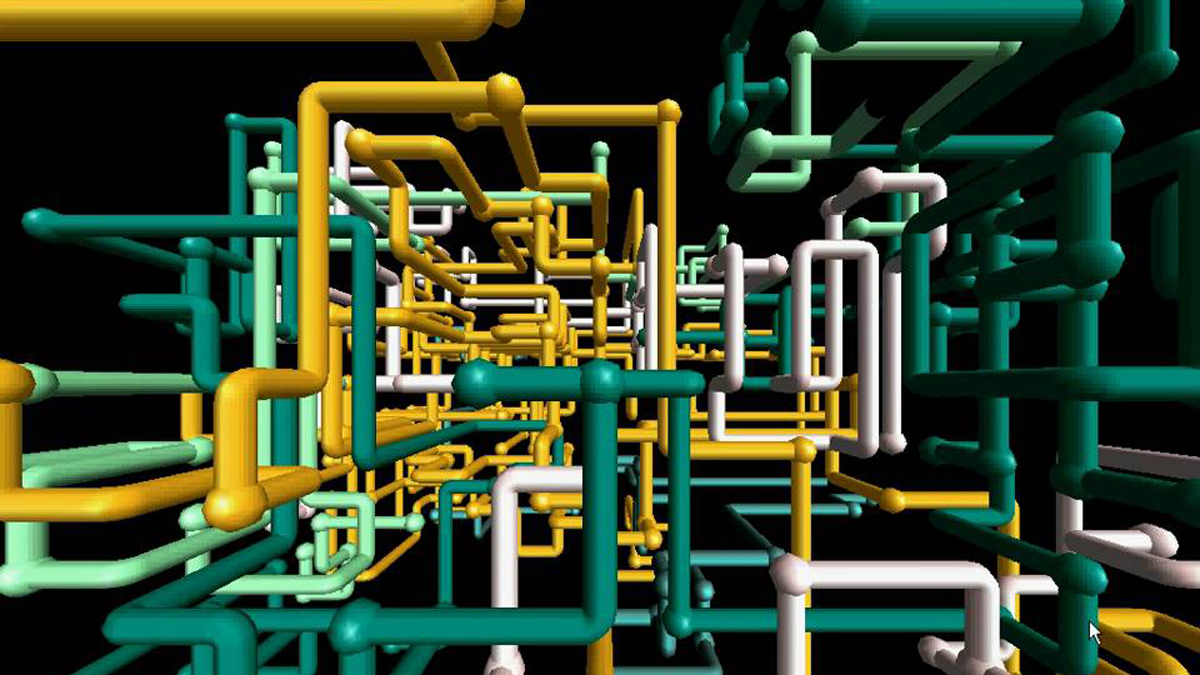




By Brian Edwards and Rebecca Gillie
Today Microsoft launches its latest operating system, Windows 10, which many pundits predict could either make or break Microsoft's fortunes. So how did Bill Gates's once unstoppable juggernaut reach this fragile point?
Windows 1.0
The Week
Escape your echo chamber. Get the facts behind the news, plus analysis from multiple perspectives.

Sign up for The Week's Free Newsletters
From our morning news briefing to a weekly Good News Newsletter, get the best of The Week delivered directly to your inbox.
From our morning news briefing to a weekly Good News Newsletter, get the best of The Week delivered directly to your inbox.
In November 1985, Microsoft's secret project, codenamed "Interface Manager", was launched into the world as Windows. Many of its features were licensed from Apple Computers, which had released the first Macintosh model the year before.
Windows 1.0 came with basic versions of many programmes that are still staples today, including Paint, Notepad and Calculator. Most notably, it was the first OS to require a mouse, a novel device at the time. A mouse-based game, Reversi, was included to help users adjust to this new control system.
[[{"type":"media","view_mode":"content_original","fid":"83484","attributes":{"class":"media-image"}}]]
To run the operating system, your computer needed an enormous 256 KB RAM, and two floppy disk drives, although a hard drive and 512 KB RAM (half a MB – a huge amount of storage at the time) was recommended.
A free daily email with the biggest news stories of the day – and the best features from TheWeek.com
It met with a lukewarm reception, although many early users believed it had potential. The need for a mouse was seen as an oddity, and critics found that it lagged behind the Apple Macintosh in several respects, notably the capability for overlapping windows.

Windows 2.0
Released in December 1987, Windows 2.0 introduced desktop icons, more advanced programmes like Word and Excel, and – finally – those overlapping windows that Apple had introduced three years earlier. This became part of the first major legal case between the two companies, with Apple arguing that overlapping windows were just one of the elements of the Windows 2.0 GUI that mimicked the "look and feel" of Macintosh. The court ruled against Apple on the basis that almost all of these disputed features had been licensed to Windows.

Windows 3.0
Released in 1990 (with updated 3.1 released in 1992) Windows 3 far outsold previous versions combined, with 10 million sales in the first two years.
Improved icons and graphics used the full gamut of the 16 colours available, and the inclusion of Solitaire, Heart and Minesweeper led to the cringe worthy marketing slogan "Now you can use the incredible power of Windows 3.0 to goof off."
The overwhelming success of Windows 3.0 marked the start of Apple's decline as a PC powerhouse. Despite what critics perceived as Apple's technological superiority, its prohibitive price tag made Windows – which was increasingly included for free on cheaper PC models – the natural go-to for the average user. A component shortage finally forced Apple to lower its profit margins, resulting in the release of the more affordable Macintosh Classic in late 1990, but by this point, it was too late to stem the runaway success of Windows.

Windows 95
Solidifying Windows's position as the king of operating systems, Windows 95 introduced most of the things we can still recognise, including the taskbar, maximising, minimising and closing windows, and the Start menu. Launched in August 1995 it sold 40 million units in its first year alone.
The first Microsoft OS to have built-in internet support, every copy of Windows 95 came shipped with Internet Explorer. The automatic inclusion of Explorer soon made it the dominant web browser, squeezing out rivals like Netscape Navigator and Opera. This became the subject of a landmark antitrust lawsuit, with the plaintiffs alleging that bundling Explorer into the operating system amounted to Microsoft obtaining an unacceptable monopoly.
It was also the first OS to have a theme tune – the Rolling Stones's 1981 track Start Me Up, which Microsoft paid $3 million dollars to use.

Windows 98
This version, launched in June 1998, was the first targeted exclusively for home use. It added multimedia support for DVDs and allowed USBs to be used.
Meanwhile, Steve Jobs, who had returned to Apple in 1997 after a 12-year absence, was preparing his ailing firm for a comeback. This appeared in the form of the iMac, the iconic turquoise-cased desktop computer that marked Apple's return as a serious competitor in the PC market.
As well as bringing in a completely overhauled operating system in 2001 – known as OS X, which is still the basis for all Apple products – the iMac controversially did away with the floppy disk drive in favour of a CD-ROM drive.

Windows XP
Launched in October 2001 and built from 45 million lines of code, XP was not discontinued for another 14 years and holds the record as the longest-running OS. For the first time, it introduced support wireless internet. Windows Media Player was given enhanced features, including MP3 compatibility, to compete with the new iTunes media platform, as Windows and Apple began agitating for control of the increasingly diverse digital market.

Windows Vista
This oddly neglected 2006 launch redesigned the desktop, but most improvements – such as heightened security – were under the bonnet.
However, for Apple, 2006 marked the beginning of the most concerted attempt yet to unseat Windows's dominance. The portable Macbook Pro, launched that year, boasted a turbo-charged Intel processor and a sleek aluminium casing that formed the basis for Apple's new look. In 2007, the first generation of iPhones went on sale, using iOS – a heavily modified version of OS X adapted for touchscreen technology. Windows was reluctant to go down the same route after their experience with Windows Mobile, an early attempt at a "pocket" OS which never really caught on.
Although tech critics at the time were dubious about Apple's risky move into mobile phones, their early realisation of the potential of mobile devices gave them an upper hand in the smartphone market that Windows would struggle to match.

Windows 7
Still the most popular version of the OS, which sold 450 million units in its first two years alone, Windows 7 (which, strictly speaking, should really be Windows 9) was launched in October 2009 as an improvement on Vista, with support for touchscreens included for the first time.
The spectre of antitrust investigations over the automatic installation of Internet Explorer rose again, this time in Europe. Allegations of an unfair monopoly were settled with Microsoft agreeing to include an option to choose from a variety of browsers during installation.

Windows 8
Launched in October 2012, Windows 8 was the first attempt to compete with mobile operating systems, as it was designed in part to run on tablets, with additional cloud computing support.
The user experience for touch screen was specifically catered for with the introduction of the Start Screen – basically turning the old start menu into a tiled screen of apps.
Upon clicking on the desktop tile though, the screen returned to the old user experience of Windows 7.

Windows 10
With Windows 10, Microsoft is launching a unified platform software operating system, designed to run across tablets, phones, X-Boxes, netbooks, laptops, smart TVs and even the Raspberry Pi. This means data can be easily shared between all of your products running it – and notifications can be synced.
It will also introduce a new web browser, Microsoft Edge as Internet Explorer is finally retired.
[[{"type":"media","view_mode":"content_original","fid":"83497","attributes":{"class":"media-image"}}]]
After years of rivalry with Apple, the consumer trend of switching desktops and laptops for tablets, games consoles and smartphones, has increased the number of Windows's competitors in recent years. Chief of these is Google, whose Android OS for smartphones and tablets dominates that market with a share of 78 per cent, while Windows languishes on 2.7 percent.
With Windows 10, Microsoft is trying to claw back dominance across all devices.
-
 Political cartoons for January 3
Political cartoons for January 3Cartoons Saturday's political cartoons include citizen journalists, self-reflective AI, and Donald Trump's transparency
-
 Into the Woods: a ‘hypnotic’ production
Into the Woods: a ‘hypnotic’ productionThe Week Recommends Jordan Fein’s revival of the much-loved Stephen Sondheim musical is ‘sharp, propulsive and often very funny’
-
 ‘Let 2026 be a year of reckoning’
‘Let 2026 be a year of reckoning’Instant Opinion Opinion, comment and editorials of the day
-
 Why 2025 was a pivotal year for AI
Why 2025 was a pivotal year for AITalking Point The ‘hype’ and ‘hopes’ around artificial intelligence are ‘like nothing the world has seen before’
-
 Has Google burst the Nvidia bubble?
Has Google burst the Nvidia bubble?Today’s Big Question The world’s most valuable company faces a challenge from Google, as companies eye up ‘more specialised’ and ‘less power-hungry’ alternatives
-
 Is Apple’s Tim Cook about to retire?
Is Apple’s Tim Cook about to retire?Today's Big Question A departure could come early next year
-
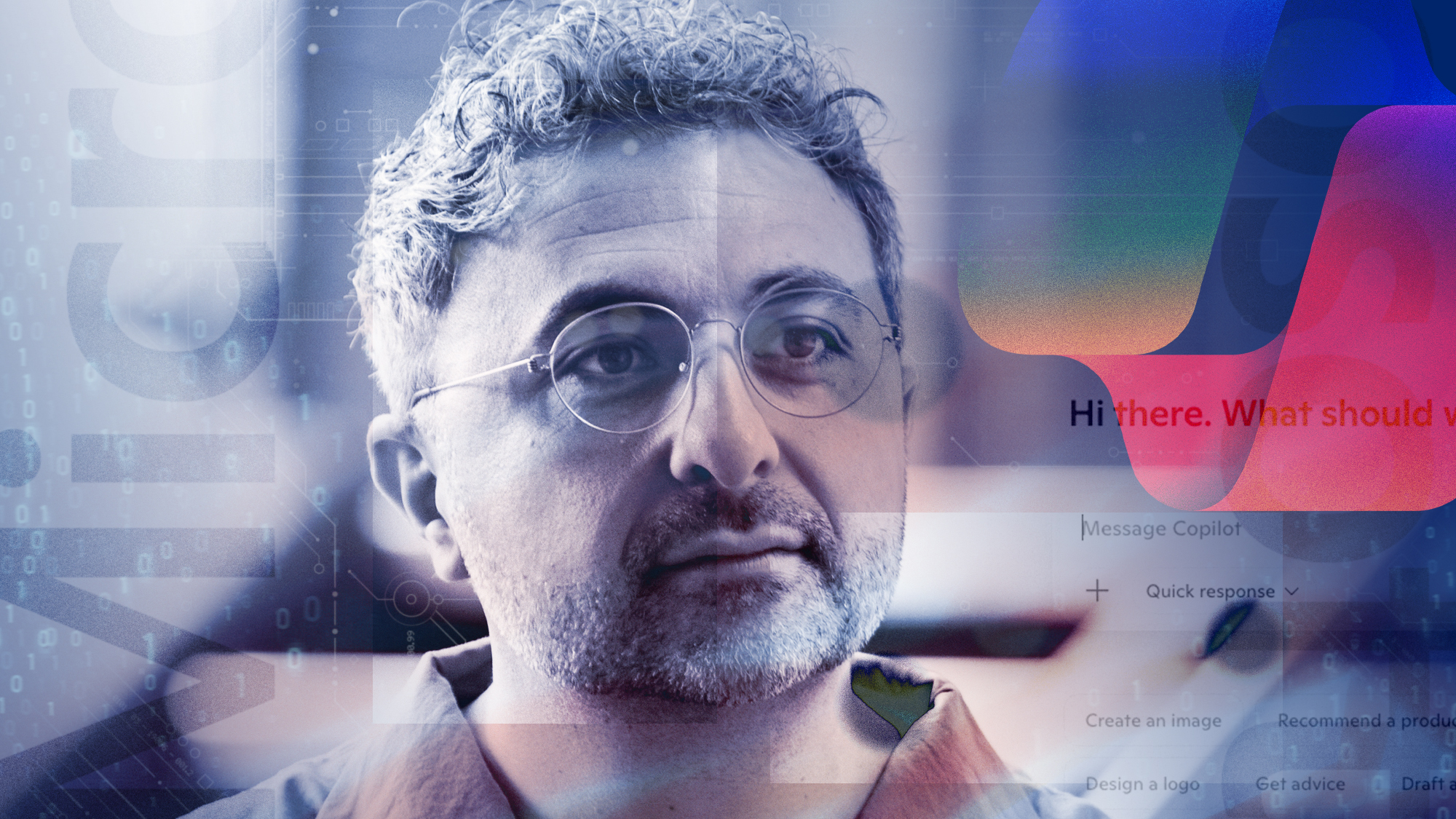 Microsoft pursues digital intelligence ‘aligned to human values’ in shift from OpenAI
Microsoft pursues digital intelligence ‘aligned to human values’ in shift from OpenAIUNDER THE RADAR The iconic tech giant is jumping into the AI game with a bold new initiative designed to place people first in the search for digital intelligence
-
 How the online world relies on AWS cloud servers
How the online world relies on AWS cloud serversThe Explainer Chaos caused by Monday’s online outage shows that ‘when AWS sneezes, half the internet catches the flu’
-
 iPhone Air: Thinness comes at a high price
iPhone Air: Thinness comes at a high priceFeature Apple’s new iPhone is its thinnest yet but is it worth the higher price and weaker battery life?
-
 Is the UK government getting too close to Big Tech?
Is the UK government getting too close to Big Tech?Today’s Big Question US-UK tech pact, supported by Nvidia and OpenAI, is part of Silicon Valley drive to ‘lock in’ American AI with US allies
-
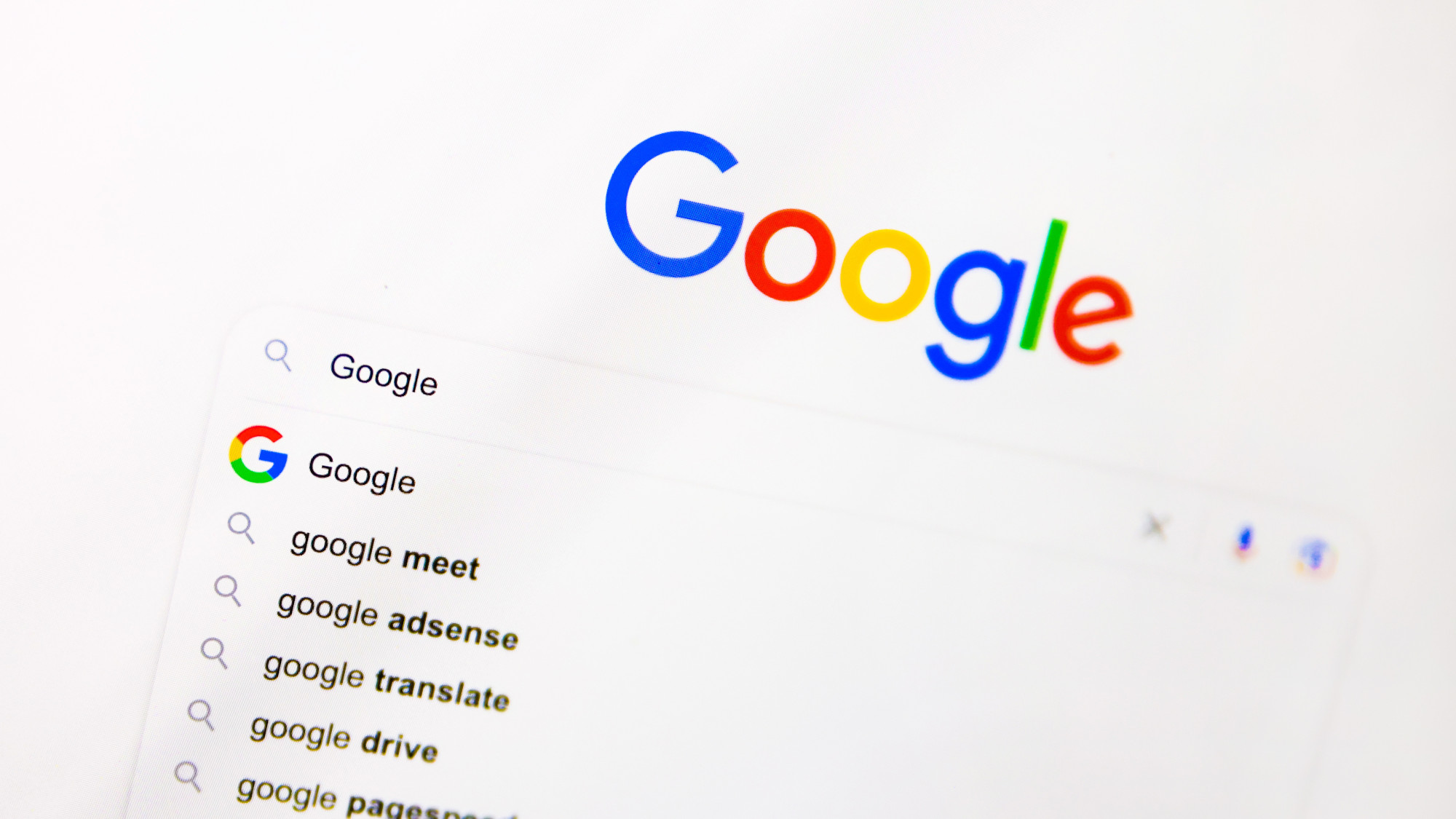 Google: A monopoly past its prime?
Google: A monopoly past its prime?Feature Google’s antitrust case ends with a slap on the wrist as courts struggle to keep up with the tech industry’s rapid changes